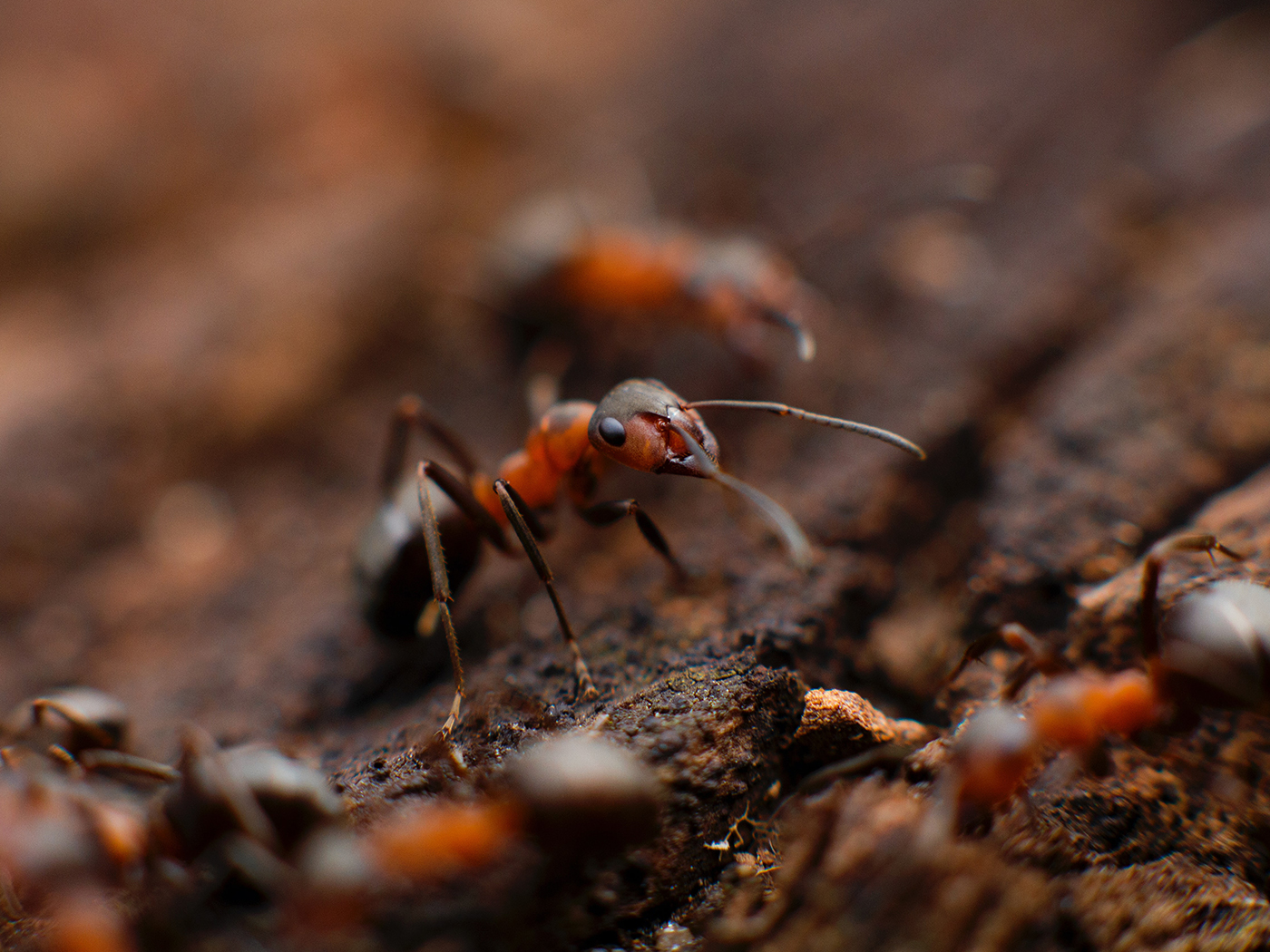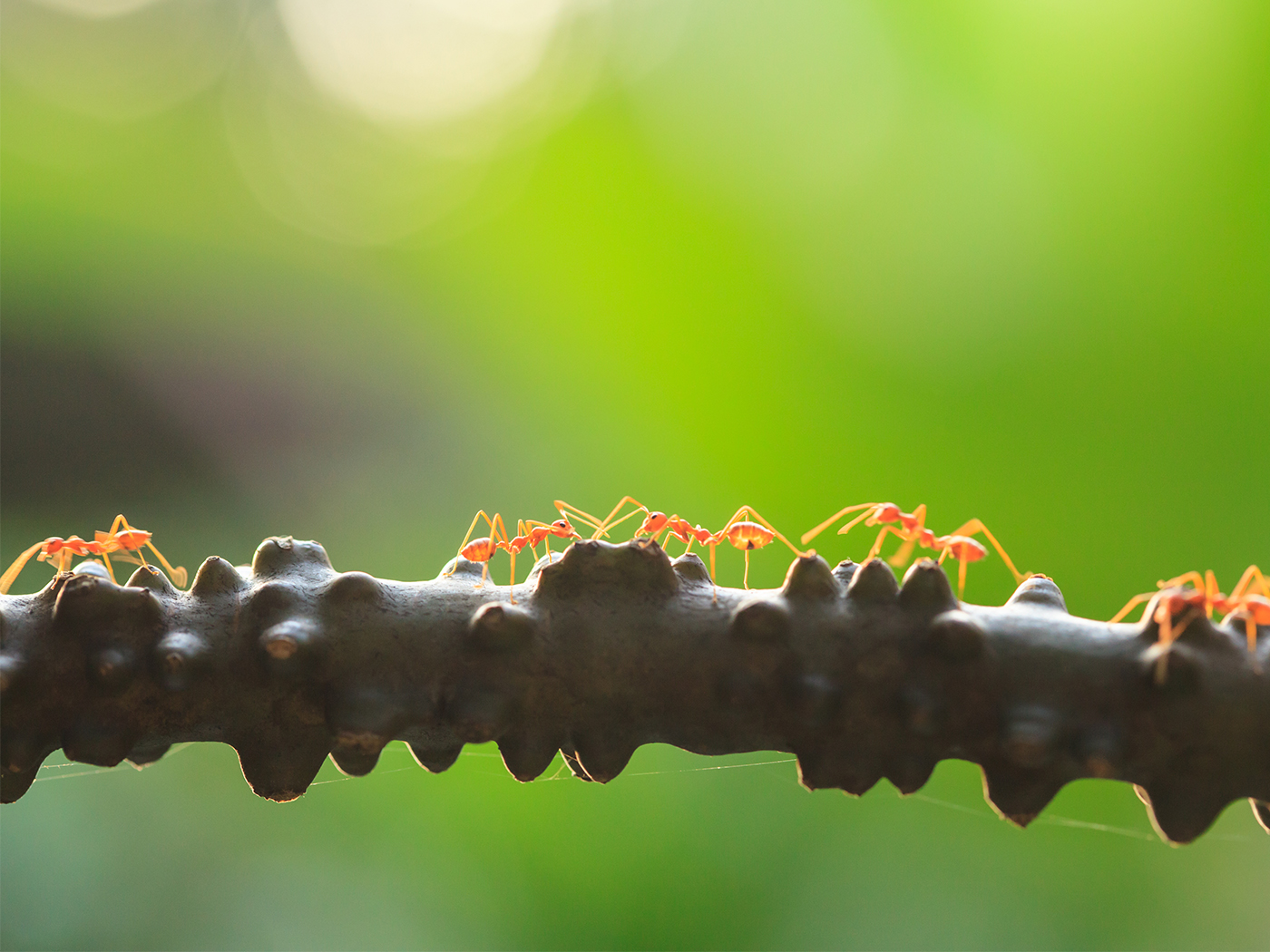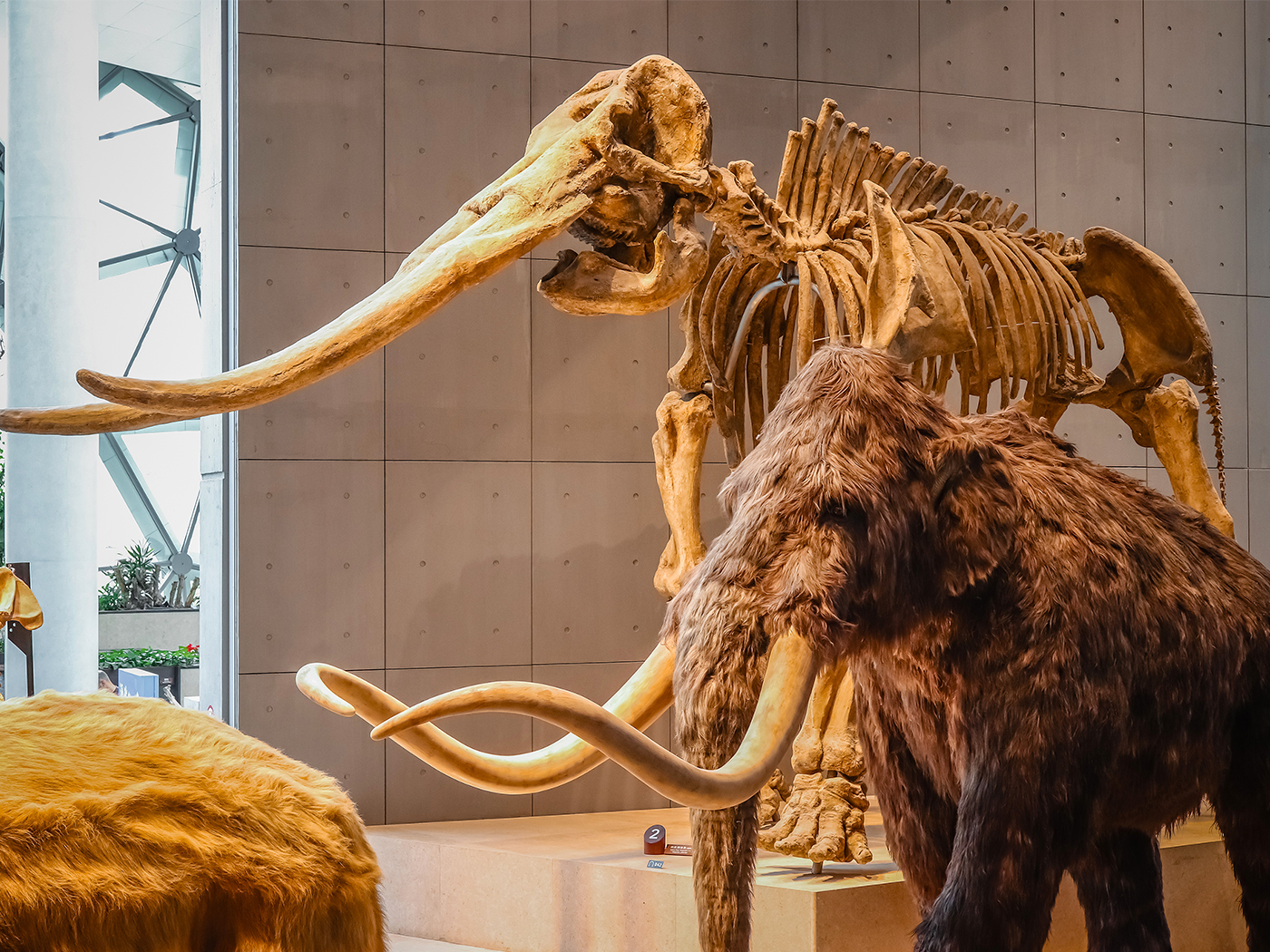Recently, the submersible Alvin, which has long been known for its pioneering research and investigation in the deepest parts of the world’s oceans, has been investigating the depths of the Gulf of California.3 Specifically, researchers have been looking into and around hydrothermal vents on the seafloor.
Such a black, cold and high-pressure environment is home to some truly bizarre communities. For example, a type of decapod crustacean called the squat lobster - Munidopsis alvisca - is among the organisms commonly found at hydrothermal vent sites in the Gulf of California. They were found to have bacteria living on their shell.
Scientists from the University of Oldenburg in Germany
have conducted the first-ever analysis of the microbial community living on the carapaces of these crustaceans. They found significant differences between the composition of this microbiome and other microbial communities in the vicinity, such as those in the sediment or the surrounding seawater. . . The team suspects that both the microbes and the squat lobsters benefit from their close relationship. Numerous methane and sulfide-oxidizing bacteria were found to be among the inhabitants of the squat lobsters' carapaces.3
They think both the squat lobsters and the bacteria benefit from their intimate relationship, and
speculate that for their part, the squat lobsters may use the bacteria living on their carapace as a source of nutrients. Another possibility is that the microbes help to remove toxic hydrogen sulfide from the crustaceans' bodies.3
"These microbes probably have a similar function to those that live on the skin of humans—namely, to defend their host," explains Prof. Dr. Thorsten Brinkhoff of the University of Oldenburg.3
Deep-sea microbiome investigation is still in its infant stages (the published interactions between crustaceans and microbes is sparse), but it is suggested the trillions of microbes in a typical deep-sea ecosystem are composed of creatures, many of which are designed to work in harmonious relationships with other organisms. In other words - a microbial community occupying a specific habitat, or a microbiome.
Looking at this inhospitable deep-sea relationship between crustacean and bacteria working together, in what appears to be a seamless operation, helps us to appreciate God’s design.
References
1. Sherwin, F. Applying Design Analysis to Microbiome Research. Creation Science Update. Posted on ICR.org January 29, 2016, accessed July 26, 2022.
2. Sherwin, F. The Designed Interface of the Eye's Microbiome. Creation Science Update. Posted on ICR.org April 30, 2018, accessed July 27, 2022.
3. Staff Writer. A mutually beneficial relationship between microbes and deep-sea crustaceans. PhysOrg. Posted on phys.org.com March 29, 2022, accessed July 26, 2022; Leinberger, J. et al. 2022. Microbial epibiotic community of the deep-sea galatheid squat lobster Munidopsis alvisca. Scientific Reports.
*Dr. Sherwin is Research Scientist at the Institute for Creation Research. He earned an M.A. in invertebrate zoology from the University of Northern Colorado and received an Honorary Doctorate of Science from Pensacola Christian College.






















